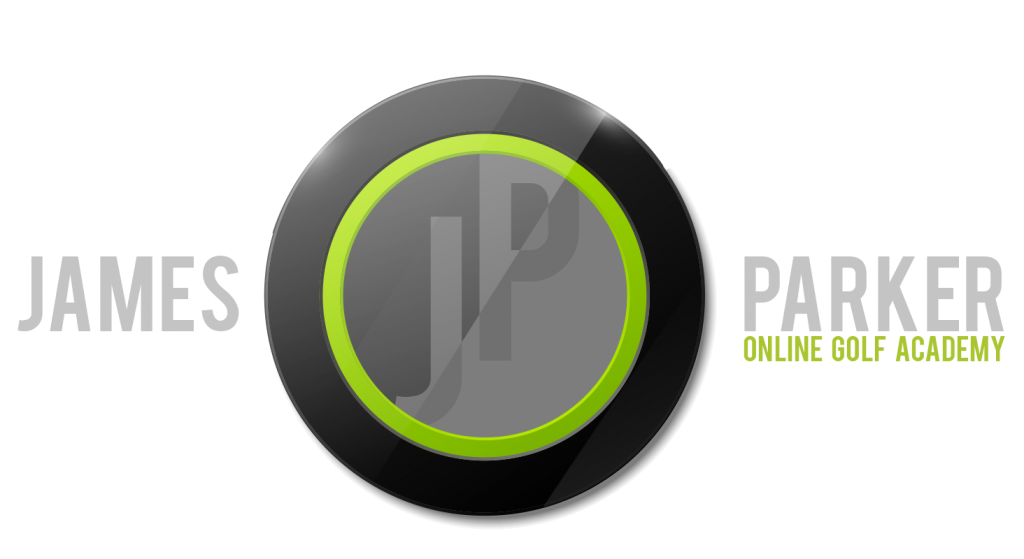Take Dead Aim:
If you’ve read Harvey Penicks “Little Red Book” you’ll know what I mean. Just aiming for ‘The Green’ or ‘The Fairway’ generally doesn’t  work. Be more specific with your target acquisition. The smaller you can make a target, the more your brain has to zone in to execute the shot.
work. Be more specific with your target acquisition. The smaller you can make a target, the more your brain has to zone in to execute the shot.
This then helps your mental skills, as you’ll be thinking about the results you want. Remember those few inches between our ears doesn’t recognize the word don’t. Here’s proof – don’t think of a pink elephant!
Exactly – So on the course when you say things to yourself like “Don’t hit it in the water” that’s where you are putting your attention. This therefore, is where you’ll find your ball most of the time.
Focus on a specific part of the fairway or an area on the green to aim at. Take Dead Aim.
Remember It’s a Game of Opposites:
When you swing the club away from the target (back-swing) your tailbone should move toward the target.
If you want your shot to curve left (into the middle of the fairway), aim the club face right – and swing the club even more right.
If you want your shot to curve right (into the middle of the fairway), aim the club face left – and swing the club even more left.
The best way to remember this is to understand that the ‘Club face’ is responsible for the initial starting direction of the shot. And the ‘path’ is responsible for the curve of the shot.
Control Your Eyes:
There stands a chance you’re moving your eyes way too fast during the routine and process of hitting the ball. By this I mean rapid eye movement from the target back to the ball over and over again.

Tiger conducts himself in a quiet way around the ball
Watch Tiger Woods when he’s walking in and addressing the ball, It’s almost like his eyes are moving in slow motion.
Try and visualize a line from the ball to your target. Then make sure the club-face is aiming on this start line before every shot.
Choose a tuft of grass, or a mark on the ground as an intermediate target 12-18 inches in front of the ball to aim the club-face at.
It’s generally too difficult to aim your club-face up with a target that’s hundreds of yards away.
Keep a Touch More Weight on Your Front Leg:
If you load your weight predominantly into the back leg and foot during the back-swing, it may cause your body to ‘sway’ and move the body centers.
In my experience, this is one of the major factors of inconsistent ball striking – across the board. The downswing happens too fast to make up that ground with your body, and it leads to shots that bottom out before the club gets back to the ball.
Start with the weight on the front foot (55% to start), and allow the weight to gradually increase throughout the whole swing. At impact your weight should be 90% on your front foot.
You still want to feel pressure into the back leg and foot during the swing, but the feeling should be on the inside of the back leg. Never allowing the ankle, knee or hip to sway to the right (my apologies for always using a right handed swing as an example).
As well as rooting your feet to the ground in the setup. Try pushing downwards even more during the back swing. This will allow your body to pivot and you’ll be able to generate some speed with your arms and club.
All the best,

James Parker, PGA
Professional Golfer, JamesParkerGolf.com


Leave A Comment